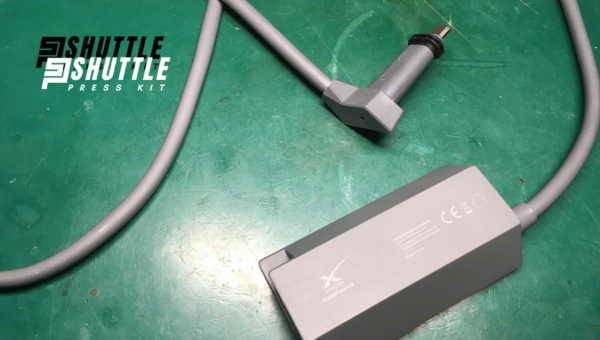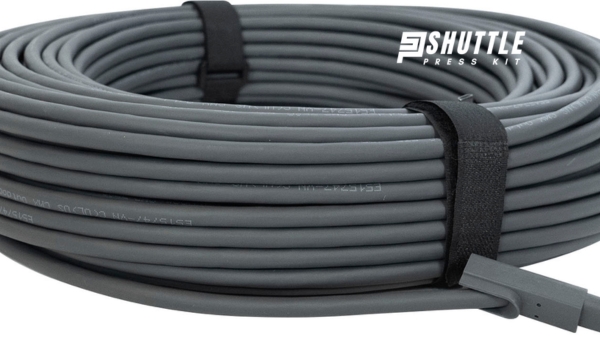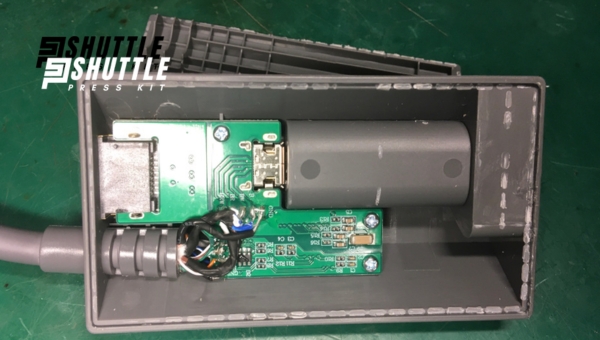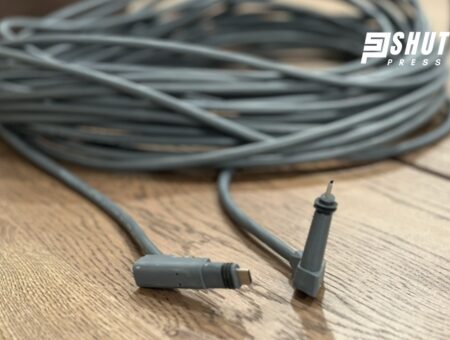Ever wondered about the nitty-gritty of the cables that keep us connected? Well, let’s delve into the specifics of the Starlink Cable! When it comes to staying online with high-speed satellite internet, one cable keeps everything grounded. Stick around as I dig deep into what this cable is really about.
The standard Starlink Cable measures around 100 feet in length and has a slim diameter suited for easy routing through small spaces. It connects the Starlink dish to your power supply ensuring a continuous internet connection. Coming with your kit, this black cable is weather-resistant and primed to withstand the rigors of outdoor exposure so you stay online rain or shine.
Characteristics of the Starlink Internet Cable
The Starlink cable plays a critical role in connecting users to the innovative satellite internet service provided by SpaceX. This specially designed cable offers several physical features that ensure reliable performance and durability under various environmental conditions. Here are the key characteristics:

- Dimensions and Build: The cable is approximately 5 mm thick and 8 cm wide, showcasing a slim, flat design that makes it less obtrusive and easier to install along surfaces or within structures.
- Material Quality: Crafted from premium copper-clad steel, the conductor inside the cable ensures minimal signal loss for efficient data transmission. Its high-quality materials contribute to its overall performance and longevity.
- Weatherproof Coating: A unique polymer coating encases the cable, providing protection against a wide range of weather conditions including extreme temperatures, strong winds, and heavy rainfall. This resilience ensures consistent internet connectivity regardless of external factors.
- UV Protection: To combat potential damage from prolonged exposure to sunlight, the cable includes a UV-resistant layer. This feature is crucial for maintaining the integrity of the outer coating and preventing degradation over time.
- Compatibility Length: With an available length up to 100 feet (approximately 30 meters), it offers ample flexibility for residential or commercial installations while maintaining signal quality across distances.
Understanding these physical traits can help users in properly handling and maximizing the utility of their Starlink satellite internet connection.
It’s important to note that this specific design is intended solely for use with Starlink equipment; attempting compatibility with other services or devices may not yield positive results.
Also Read: Low Capacity vs High Capacity Starlink: Optimize Your Choices
Key Specifications of Starlink Internet Cable
Starlink’s innovative approach to providing global internet coverage extends into the very design of its equipment, with the Starlink cable being a prime example. This cable is vital for connecting the user’s satellite dish to their home network, ensuring a seamless flow of data and power between the terminal and router. Here are its standout features:

- Rapid Data Transmission: Boasting speeds up to 1 Gbps, it far surpasses many conventional internet cables in performance, enabling quick downloads and uploads.
- Specialized Coating: The cable is designed with a unique polymer coating over a low-loss conductor, which significantly reduces signal distortion for clearer, more reliable connections.
- Flexible Length Options: Consumers can select from varying lengths—ranging typically from 50 feet to 75 feet—to best fit their setup requirements. The most commonly purchased length is around 100 feet due to its adaptability; it can be trimmed down as needed during installation without compromising on performance or reliability.
These specifications put the Starlink internet cable in a class of its own, built not only for today’s connectivity needs but also for future advancements in satellite internet technology.
Also Read: Starlink Cable Routing Kit: Easy Install Guide!
How to Splice a Starlink Cable & Use a Cable Coupler
Splicing a Starlink cable and using a cable coupler can be essential skills for extending your current setup or making necessary repairs. While these operations can potentially impact the performance of your system, they can be done effectively with the right approach. Here are some simplified steps to guide you through the process:

- Cutting the Cable:
- Begin by cleanly cutting through the Starlink cable with a sharp cable cutter. Ensure that both ends of the cut are even and free from fraying.
- Prepare for Splicing:
- Strip back each end of the cable carefully to expose the inner conductors without damaging them.
- Make sure that no strands are loose which could cause short circuits or signal issues.
- Splicing Process:
- Utilize a coaxial splice kit appropriate for your type of cable. This will include connectors and insulation materials needed for an effective splice.
- Follow the kit’s instructions closely to connect the inner conductors, then secure and insulate this connection as directed.
- Using a Cable Coupler:
- Select a high-quality coaxial cable coupler that’s compatible with your cables.
- Firmly attach one end of each segment into opposite sides of the coupler and tighten securely to ensure good contact.
- Testing the Connection:
- After either splicing or coupling, it’s crucial to test your Starlink connection for any signs of degradation in signal strength or quality.
- Check for consistent speeds and stability over time, addressing any anomalies immediately.
Remember, altering any component of your Starlink setup might affect its overall functionality and could impact warranty coverage. If you’re uncertain about performing these tasks yourself, consider consulting with professionals who have experience in handling satellite internet equipment.
Also Read: Can You Set Up Your Starlink Router Outdoors? Ultimate Guide
Why Buy Starlink Cable vs Traditional Cables
| Feature | Starlink Cable | Traditional Cables |
|---|---|---|
| Design | Flat and ribbon-like, 5 mm thick and 8 cm wide | Typically round with a small periphery |
| Data Transmission | Up to 1 Gbps with a network of small satellites | Varied, generally lower speeds |
| Durability | Made to withstand extreme weather, UV resistant | Varies, but typically less resistant to harsh conditions |
| Flexibility | Higher due to flat shape, easier installation in tight spots | Lower due to round shape |
Also Read: Starlink Dimensions Simplified: Nail Your Satellite Setup
Frequently Asked Questions
What is the typical length of a Starlink cable?
The length of a Starlink cable is usually around 100 feet.
Are there different types of Starlink cables available?
Yes, there are different types of Starlink cables designed for various connectivity needs.
What is the diameter of a standard Starlink cable?
The diameter of a standard Starlink cable is typically between 4-6 millimeters.
Can Starlink cables be customized in terms of length and diameter?
Yes, Starlink cables can be customized to meet specific length and diameter requirements.
Conclusion
The evolving landscape of internet connectivity has been profoundly impacted by the advent of Starlink, particularly through its cable infrastructure. Starlink’s cables, distinct in length, types, and diameters, have been meticulously designed to cater to the unique demands of providing global broadband service from low Earth orbit satellites.
By embracing a variety of cable specifications, Starlink ensures robust and reliable internet access in remote and underserved locations, overcoming traditional barriers that terrestrial infrastructures face.
